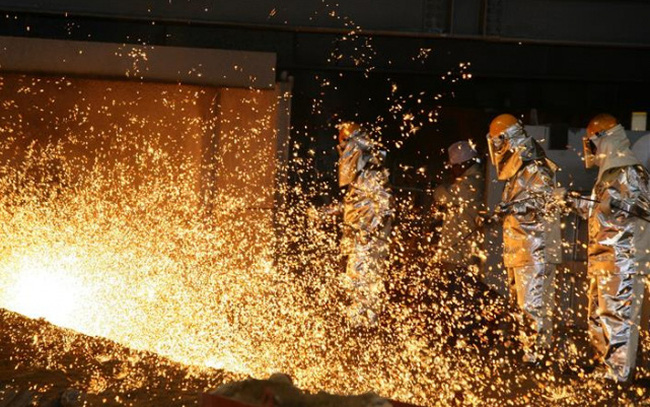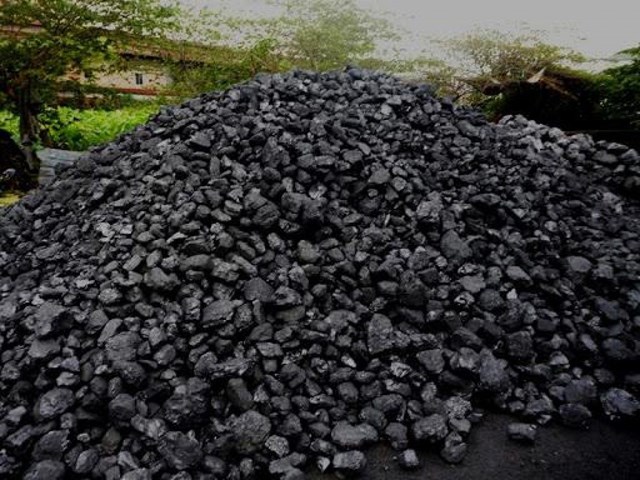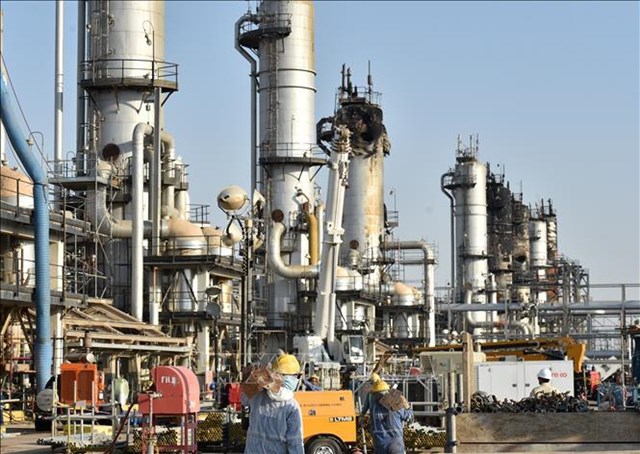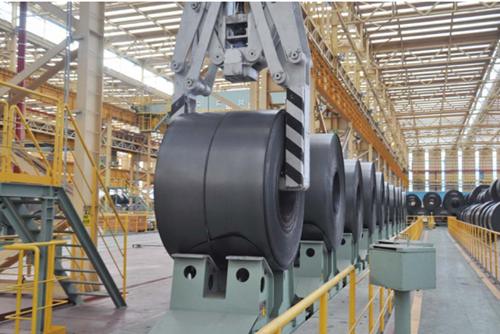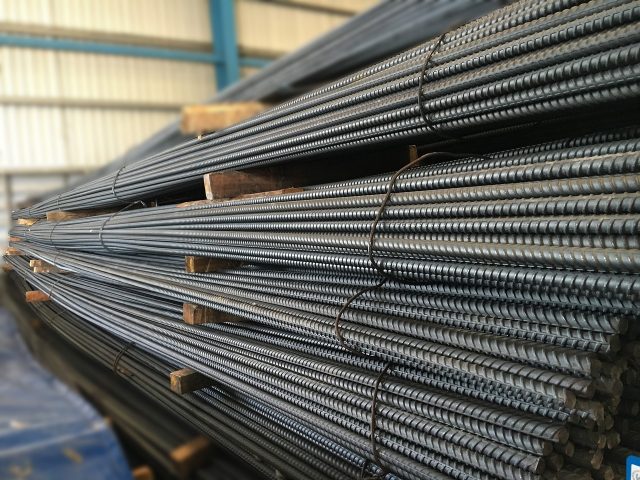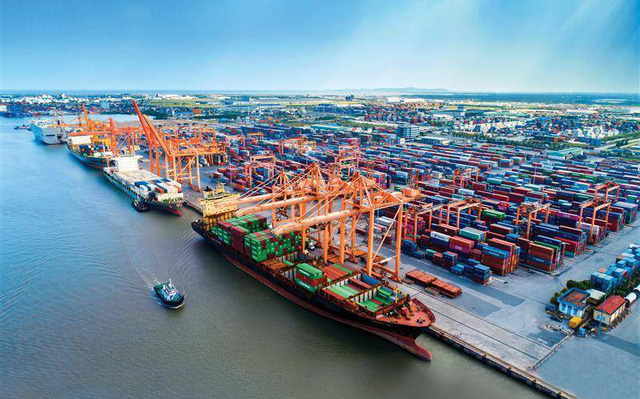The chip, energy and shipping crisis has created the current scene of chaos in global manufacturing and supply chains.
The bad news for global consumers is that problems related to the world’s supply chains are more persistent and more severe than previously known. The worse news is that there are many factors that have combined to create such chaos and as such, there is no simple, effective remedy at this time. The worst news is, no one knows when the situation will improve.
What about the good news? At least one can piece together to create a story of what happened.
Essentially, some of the most important pillars of the world economy have been hit by a combination of Covid-19 and bad luck. Transportation, power, semiconductor chips all had problems at the same time, for different but related reasons.
Start with shipping. The fact that some Chinese ports are shutting down or operating at low capacity because of Covid is just the starting point. The booming trade in goods has put pressure on containers, ships and ports around the world.
Container prices have increased rapidly, up to 10 times higher than 2 years ago. In short, much international trade has slowed down considerably. Many manufacturers are stuck because they do not receive goods and components on time.
The world needs a solution to the current production and supply disruptions, but the reality is that there is no simple, direct solution.
Operations at ports and related local transport are labor intensive while around the world facing labor shortages (due to Covid). That further increases the delay in trading and business activities.
A typical market response might be to produce more containers or choose the harder and slower way of increasing the number of ships or ports. However, to do this, manufacturers also need to “measure” market demand and carefully calculate the current operating system. When this whole process is complete, it is very likely that the shipping strain has subsided, the global economy is on the rebound.
Next comes the energy crisis, which has deeper roots. Many countries have sought to switch to green energy supplies but there are not enough alternatives in the immediate future. Japan and Germany have decided to abandon their previous commitment to nuclear power. Most recently, China witnessed a shortage of electricity.
The global energy networks seemed to be doing well a year ago, but as the post-Covid recovery begins, the supply of natural gas is not enough to meet the new demand. Gas extraction and production activities were reduced in the pre-pandemic period while the recovery was stronger and faster than the energy industry anticipated. In the UK, natural gas prices have increased by 700% year-on-year while Europe faces the risk of not having enough energy supplies for the new winter.
Energy is an input needed to produce many other goods and services. This creates a ripple effect. When international trade and energy networks don’t work well, many other parts of the economy will fail.
Another problem is the computer chip. The global economy has become too dependent on two chip supply markets, Taiwan and South Korea. Then 3 things happened: 1/chip factory stopped working because of covid; 2/ natural disasters affect chip supply; 3/ demand for chips increases as consumer demand for automotive products and home appliances increases. Automotive and consumer electronics are the two industries hardest hit by the chip crisis, causing the price of used/new cars to skyrocket.
Now on the one hand are input delays, trade delays, high transport costs, high energy prices, and chip shortages. On the other hand, US and European consumers are now spending heavily after saving huge amounts of money in 2020 and early 2021.
The demand is great and the supply cannot keep up. The way to overcome them is not easy, direct but rather a series of intertwined problems, chaos and contradictions. At the moment, no one knows when these issues will be fixed, although they will certainly return to normal at some point.
T&G International Joint Stock Company
Address: 352 Hue Street, Le Dai Hanh Ward, Hai Ba Trung District, Hanoi
Hotline: 0345786803
Email: hrm@tginterjsc.com
Website: http://tginternationaljsc.com




